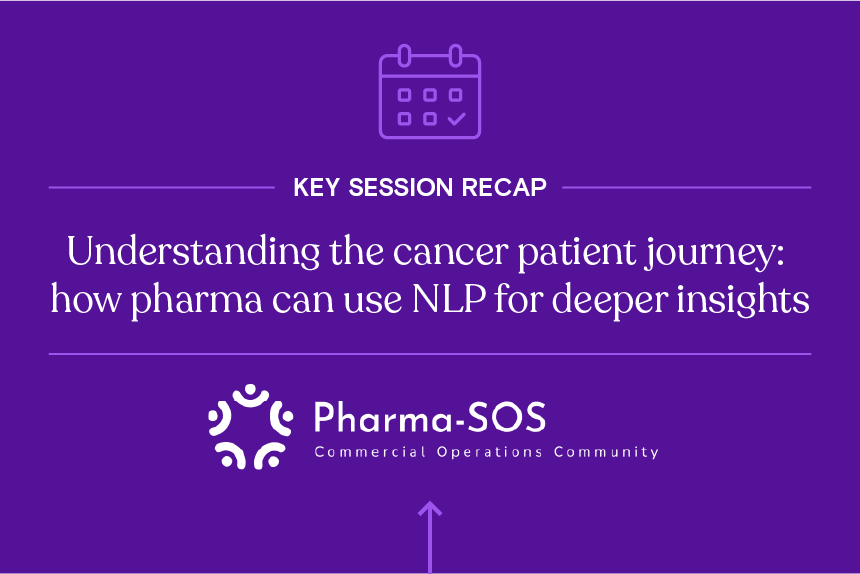As part of a successful pharmaceutical company, you know what your target clinicians are working on 90% of the time. But what are they doing with that other 10%?
This 10% of time spent on side projects is also called “curiosity time.” What clinicians do in their curiosity time can clue you in to new pharmaceutical market trends that could impact the wider healthcare market—and your bottom line. These research areas are your emerging markets.
Finding the Next Big Pharma Market Trend
Some pharmaceutical executives use the phrase “emerging markets” to refer to new sales opportunities in developing countries. That’s not what we’re focused on. We’re focused on finding the potential next big undiscovered pharmaceutical market in the U.S.
Specifically, an emerging market is a disease state or treatment area that shows substantial growth in a short time. Emerging markets are usually identified by how much time clinicians spend researching or treating patients with a particular diagnosis.
For example, a physician expert spends only 2% of their time on lymphatic cancer in 2018. If this jumps to 20% by 2020, there could be an emerging market within the lymphatic cancer space.
More time spent in one area indicates new findings, an opportunity for more efficient treatments, or an uptick in diagnoses.
Find New Pharmaceutical Opportunities with Little Competition
You might be asking, why would I try so hard to find an up-and-coming market when there are plenty of existing markets to focus on?
Well, much like with orphan drugs and rare disease treatments, there is little existing competition in emerging markets. You have an opportunity to get ahead of the pack and dominate a new space.
Focusing on smaller markets with growth potential allows your team to build strategic partnerships before your competitors. You can be the first to recognize a new pharmaceutical trend or untapped market and take full advantage of expert knowledge and their networks.
Emerging market research also opens the door for adjacent opportunities. This allows you to expand the breadth of your offerings beyond that of your current competition. In other words, you can use these insights to work smarter, not harder.
In the long run, emerging market research can also impact healthcare delivery. Let’s look at maternal-fetal medicine as an example. This area tends to be highly specialized and focused on high-risk pregnancies and fetal diagnosis. Research into prenatal genetic testing and high-risk pregnancy symptoms brought genetic issues to the forefront of OB/GYN practice.
Before emerging market research, fetal and newborn screenings were only included under specialized maternal-fetal care. Now, newborn screenings are a regular part of perinatal childcare.
Spotting an Emerging Market
The key to finding an emerging market is trended claims data. Medical claims data will show claims volumes for a disease state over time.
Medical claims data will also highlight the prominent physicians and care facilities treating your target patients. You can use Medicare or all-payor claims data, though each dataset focuses on slightly different patient populations.
By analyzing where clinicians spend their time, you can improve visibility into new markets and find gaps in your current offerings. Specifically, you can broaden or narrow your research based on diagnostic and therapeutic practices as well as facility type.
Learn more
Do you want more information on how emerging market research impacts healthcare delivery? Keep an eye on our website for part two of this series!
In the meantime, you can perfect your search for experts with guidance from our blog. Check out our tips here: Find the Biopharma Experts You’ve Been Looking For.





